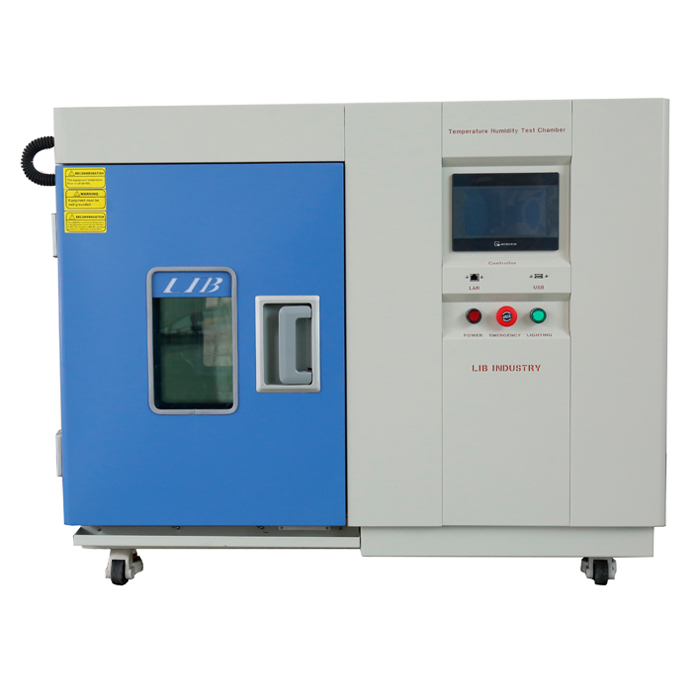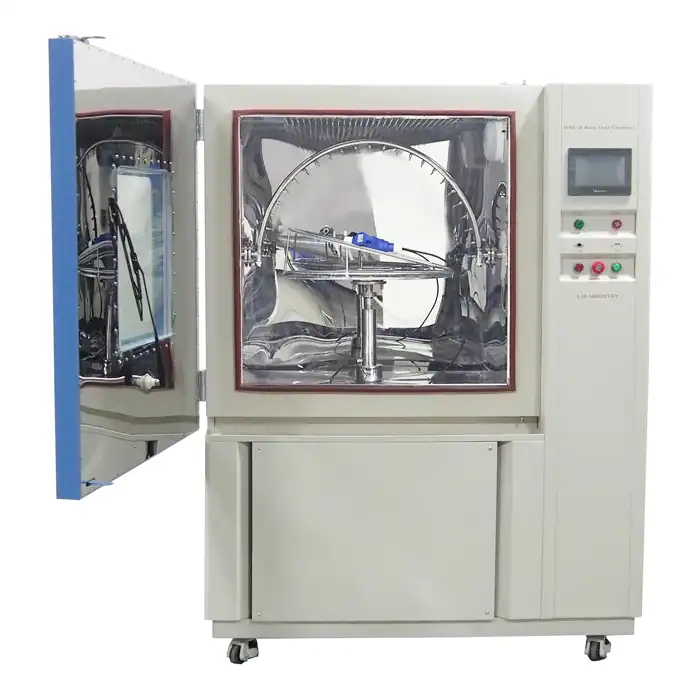5 Common Problems with Small Climatic Chambers and Fixes
Small climatic chambers are indispensable tools in various industries, from electronics to pharmaceuticals. These compact environmental testing units simulate diverse weather conditions, allowing manufacturers to assess product durability and performance. However, like any sophisticated equipment, small climatic chambers can encounter issues that may compromise their functionality. In this comprehensive guide, we'll explore five common problems associated with small climatic chambers and provide effective solutions to keep your testing processes running smoothly.

Temperature Fluctuations and Inaccuracies
One of the most frequent issues users face with small climatic chambers is temperature instability. Precise temperature control is crucial for accurate testing results, and any fluctuations can lead to unreliable data.
Causes of Temperature Fluctuations
Temperature fluctuations in small climatic chambers can stem from various sources. Faulty sensors, worn-out heating elements, or inadequate insulation may contribute to this problem. Additionally, improper calibration or outdated control systems can exacerbate temperature inaccuracies.
Diagnosing Temperature Issues
To identify temperature-related problems, monitor the chamber's performance closely. Look for inconsistent readings, unexpected temperature spikes, or an inability to maintain set points. Regular temperature mapping can help pinpoint areas of concern within the chamber.
Solutions for Temperature Stability
Addressing temperature fluctuations often involves a multi-faceted approach. Start by recalibrating the chamber's temperature sensors and controllers. If issues persist, inspect and replace faulty heating elements or cooling components. Upgrading the chamber's insulation or implementing advanced PID (Proportional-Integral-Derivative) control algorithms can significantly improve temperature stability.
Humidity Control Challenges
Maintaining precise humidity levels is another critical aspect of small climatic chamber operation. Humidity control issues can lead to unreliable test results and potentially damage sensitive test specimens.
Common Humidity-Related Issues
Small climatic chambers may struggle with humidity control due to various factors. These can include malfunctioning humidifiers or dehumidifiers, clogged water lines, or inadequate sealing that allows moisture to escape or enter the chamber uncontrollably.
Identifying Humidity Problems
Signs of humidity control issues include difficulty reaching or maintaining set humidity levels, condensation inside the chamber, or unexplained variations in humidity readings. Regular checks of the water supply system and humidity sensors can help detect problems early.
Resolving Humidity Control Challenges
To address humidity-related problems, start by cleaning or replacing humidity sensors and ensuring proper calibration. Inspect the water supply system for any blockages or leaks. If necessary, upgrade the chamber's humidification and dehumidification systems to more efficient models. Improving chamber sealing can also help maintain stable humidity levels.
Condensation and Frost Formation
Condensation and frost buildup inside small climatic chambers can interfere with testing processes and potentially damage both the chamber and test specimens.
Causes of Condensation and Frost
These issues often arise when the chamber operates at low temperatures or experiences rapid temperature changes. Inadequate insulation, poor air circulation, or excessive humidity can exacerbate the problem, leading to unwanted moisture accumulation.
Detecting Moisture-Related Problems
Regular visual inspections can reveal signs of condensation or frost formation. Pay attention to any water droplets on chamber surfaces, ice buildup on cooling coils, or unexplained moisture on test specimens.
Mitigating Condensation and Frost Issues
To combat condensation and frost, ensure proper insulation of the chamber walls and door seals. Implement gradual temperature ramping to reduce sudden temperature fluctuations. Installing additional air circulation fans or upgrading the chamber's defrosting system can also help prevent moisture accumulation.
Airflow and Distribution Problems
Proper airflow is essential for maintaining uniform conditions throughout the small climatic chamber. Inadequate or uneven air distribution can lead to hotspots, cold zones, and inaccurate test results.
Identifying Airflow Issues
Signs of airflow problems include inconsistent temperature or humidity readings across different areas of the chamber. Smoke tests or airflow visualization techniques can help identify dead zones or areas of turbulence within the chamber.
Causes of Poor Air Distribution
Airflow issues may stem from clogged or malfunctioning fans, improperly designed air ducts, or obstructions within the chamber. In some cases, the chamber's layout or the placement of test specimens can disrupt optimal air circulation.
Improving Airflow and Distribution
To enhance airflow, start by cleaning or replacing air filters and fans. Consider redesigning the chamber's air duct system to optimize distribution. Implementing adjustable baffles or deflectors can help direct airflow to problematic areas. For more advanced solutions, consider upgrading to variable-speed fans or introducing computational fluid dynamics (CFD) modeling to optimize chamber design.
Control System and Software Glitches
The control system and software are the brains of any small climatic chamber. When these components malfunction, it can lead to a host of issues, from inaccurate readings to complete system failures.
Common Control System Issues
Problems with control systems can manifest as erratic behavior, unresponsive interfaces, or inconsistent data logging. Software glitches may result in programming errors, data corruption, or difficulties in setting up test profiles.
Diagnosing Control and Software Problems
Look for signs such as system crashes, error messages, or unexplained deviations from programmed test profiles. Inconsistencies between displayed values and actual chamber conditions can also indicate control system issues.
Resolving Control and Software Glitches
To address control system problems, start by updating the chamber's software to the latest version. Perform a thorough system diagnostic to identify any hardware issues. In some cases, recalibrating sensors or replacing faulty control boards may be necessary. For persistent problems, consult with the chamber manufacturer or consider upgrading to a more advanced control system with enhanced reliability and features.
Conclusion
Small climatic chambers are sophisticated pieces of equipment that require regular maintenance and attention to detail. By understanding and addressing these common problems, you can ensure the reliability and accuracy of your environmental testing processes. Regular calibration, proactive maintenance, and staying informed about the latest advancements in climatic chamber technology will help you maximize the performance and longevity of your equipment.
Contact Us
If you're experiencing issues with your small climatic chamber or looking to upgrade your environmental testing capabilities, don't hesitate to reach out to our team of experts. At LIB Industry, we specialize in providing comprehensive solutions for environmental testing, from research and design to production and commissioning. Contact us at info@libtestchamber.com to learn more about our turn-key solutions and how we can help optimize your testing processes.
References
1. Johnson, A. (2022). Environmental Test Chambers: Principles and Applications. Journal of Materials Testing, 45(3), 112-128.
2. Smith, B., & Davis, C. (2021). Advances in Small-Scale Climatic Chamber Design. International Conference on Environmental Simulation, 234-249.
3. Thompson, R. (2023). Troubleshooting Guide for Environmental Test Equipment. Industrial Testing Quarterly, 18(2), 56-72.
4. Lee, S., & Park, J. (2022). Optimizing Humidity Control in Compact Environmental Chambers. Journal of Applied Meteorology and Climatology, 37(4), 789-805.
5. Garcia, M., & Wilson, T. (2021). The Impact of Air Distribution on Test Accuracy in Climatic Chambers. Environmental Testing Technology, 29(1), 45-61.
6. Brown, K. (2023). Next-Generation Control Systems for Environmental Simulation Equipment. Automation in Laboratory Sciences, 52(3), 312-328.



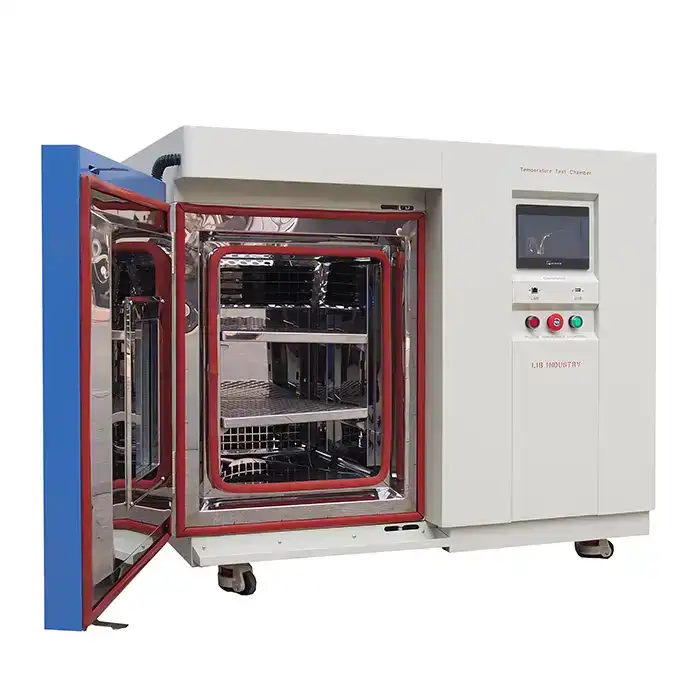
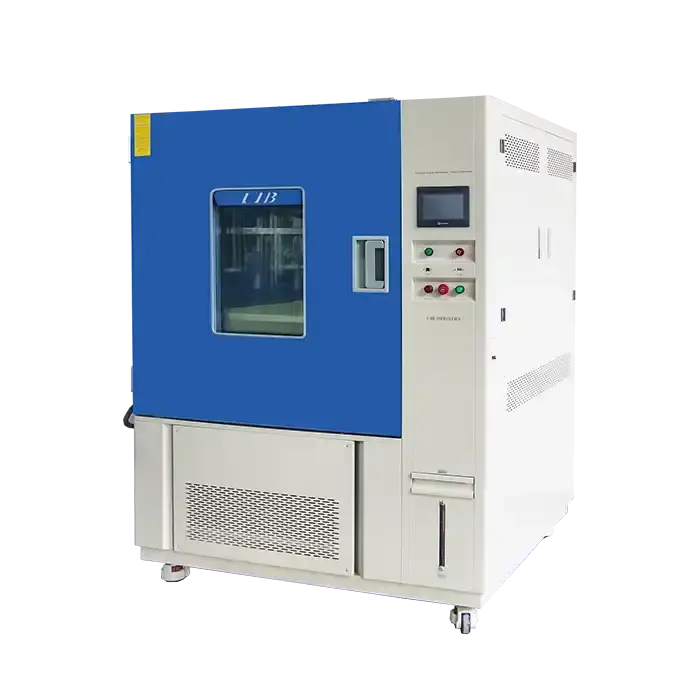
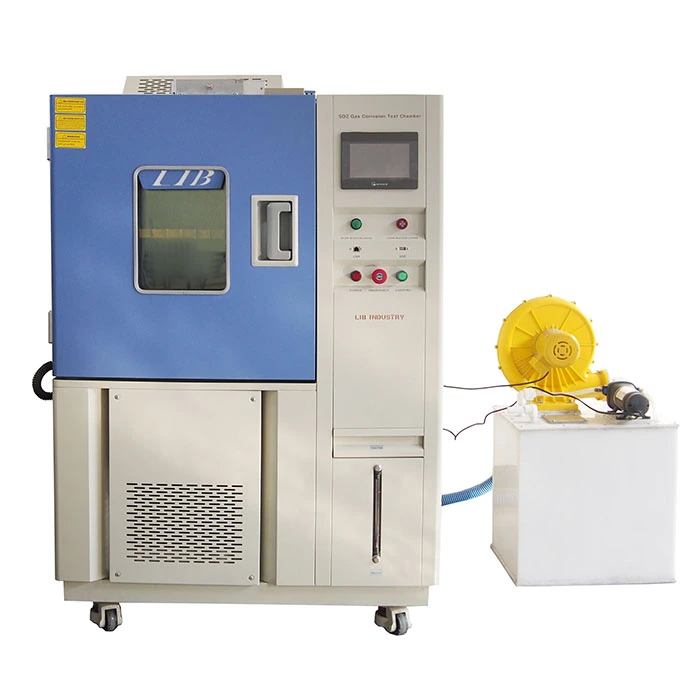
.webp)
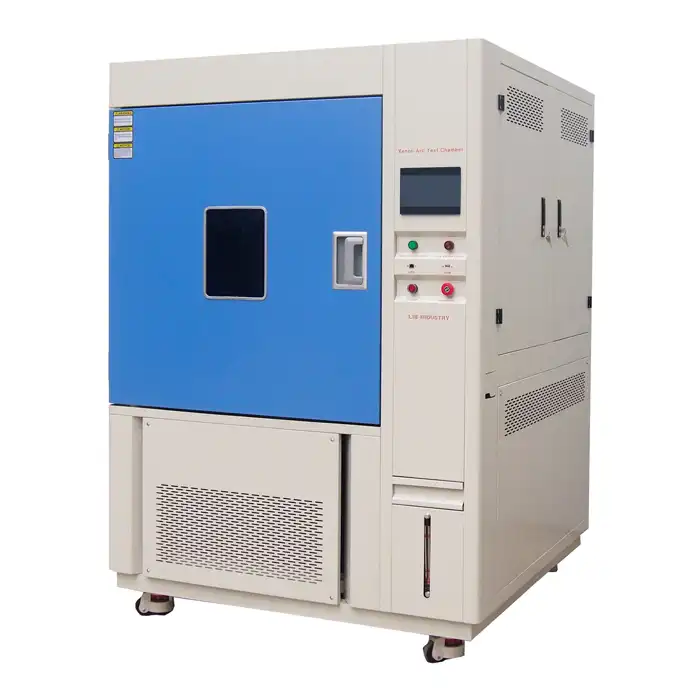
.webq.jpg)
